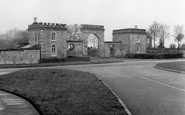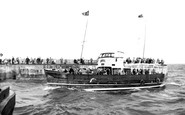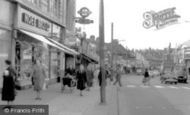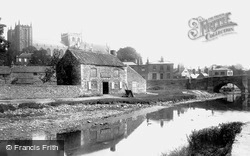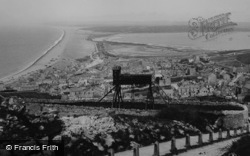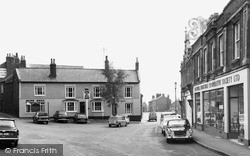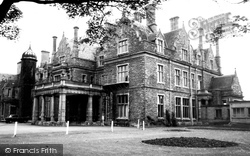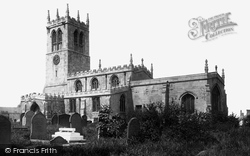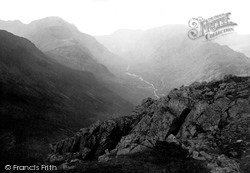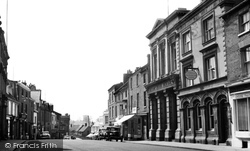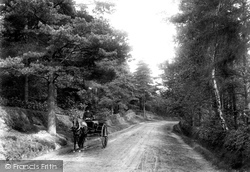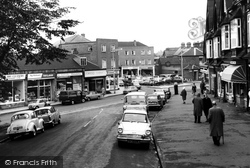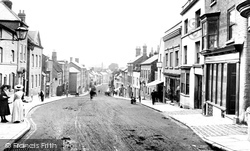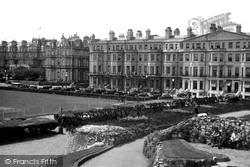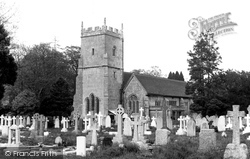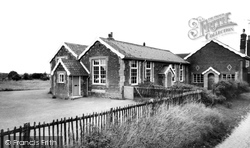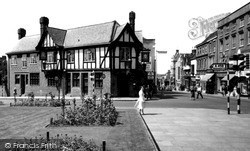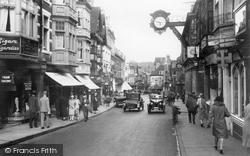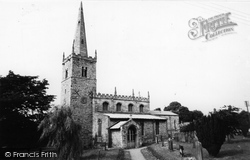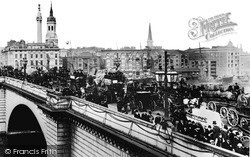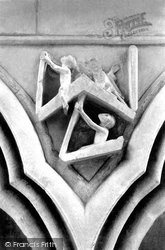Places
Sorry, no places were found that related to your search.
Photos
5 photos found. Showing results 761 to 5.
Maps
83 maps found.
Books
Sorry, no books were found that related to your search.
Memories
1,127 memories found. Showing results 381 to 390.
Abingdon St
I have fond memories of visiting our grandparents on our mother's side, who lived at number 8. We recited the "ABC" streets and I can remember Smythes the cake shop at the top of the street, where we bought Snowball cakes from. We also ...Read more
A memory of Sunderland in 1953 by
The Rectory
I grew up at the rectory in Withyham, my father Peter was Rector of Withyham and Blackham from1953 to 1986. I was the eldest of eight children. I have many fond memories of my life in Withyham and also some sad ones. My father's ashes ...Read more
A memory of Withyham in 1953 by
The Flood
Teresa Clarke's memory reminded me of the flooding of Jan. 1953. I was 9 years old and living in Gwynne Road with my folks. We were boarding at No 44, owned by Mr and Mrs. Carr. They played Crib and he polished the brass in the house ...Read more
A memory of Dovercourt in 1953 by
29 Seagate, Irvine
Hi, my name is Colin, I live in Lowestoft, Suffolk. The picture you have of 29 Seagate, Irvine is part of the building we lived in, the part you see was used as a workshop when we lived there, he did upholstery. We had no ...Read more
A memory of Irvine in 1953 by
Pea Shooter And Buses
It was about 1953 when we discovered pluffers and ca caws. The pluffer was a device we used for a pea-shooter. This was a straight stem from a weed and it was about an inch or so in diameter, hollow through the centre and ...Read more
A memory of Newburn in 1953 by
1953 Raoc
i done three months training in almer barracks blackdown concrete building in march 1953 i remember a sergeant swanson but not much more there was a camp picture house i remember watching james cagney in the roaring twenties we also go ...Read more
A memory of Deepcut in 1953 by
Holidays In Bridlington In 1950''s
When I was a child my parents use to take my sister and I to Bridlington on the train from Hull for 2 weeks holiday a year. It was magic land to us. My dad was born and brought up in Flamborough but moved to ...Read more
A memory of Bridlington in 1953 by
Cecil Johnstone.
I wonder if anyone remembers my grandfather, Cecil Johnstone? He lived at 22 Orchard Avenue, Acomb during the 1950's. He worked as a Hexham (Moffat's) bus driver, and his wife was called Maud (nee Dart). During the 50's Maud owned & ...Read more
A memory of Acomb in 1953 by
Those Halcyon Days Of My Youth!
I remember my relatively short time in Wembley with great affection. At my mother's instigation we moved from Willesden to Lonsdale Avenue, Wembley, in 1953 when I was fourteen. My father paid the princely sum of just ...Read more
A memory of Wembley in 1953 by
Forge Farm
Just found this site while looking for Chinley which I believe is close by. Forge Farm memories of the fun times we had as children hop picking with nan and gran-dad, dad and mum, aunts and uncles and of course my siblings. At that time ...Read more
A memory of Goudhurst in 1953 by
Captions
1,233 captions found. Showing results 913 to 936.
In this view of the stone-walled canal basin we see the cathedral rising over the roofs, and the old arched bridge.
Its stones tend to be much larger at one end than the other. John Meade Faulkner immortalised the area in his famous smuggling novel 'Moonfleet'.
The road here is much busier today.
The round turret by the side of the main entrance with its ogee cap looks very much like a windmill tower.
Though St Peter's dates from Saxon times, it is believed that Hamelin Plantaganet might have also have rebuilt the church, as much of the stonework is 12th-century.
Its stones tend to be much larger at one end than the other. John Meade Faulkner immortalised the area in his famous smuggling novel 'Moonfleet'.
Much of this lovely valley is now cloaked under a blanket of conifers, as are so many of the Lake District dales.
Rodhouse's, a milliner's and draper's (extreme right), are still remembered with much affection in the town by the many ladies who bought their hats and bonnets there, made by the Misses
The lack of other vehicles meant that it probably didn't matter too much, but the driver of the horse and trap is apparently unaware of the 'keep left' rule of the road.
Although the area developed rapidly in the 19th century (the population was 3,375 in 1841 and increased to 9,721 in 1891), it has been a settlement for much longer.
The Globe Hotel (right) is now much extended, and has been renamed the Scarlet Pimpernel.
Taken from Station Approach, looking towards the village centre, this view is much the same today.
Beyond the wall there would have been more room to spread out, and so immediately the road becomes much wider.
The rendered range with its straight parapet is in marked contrast to the much more ornate Grand Hotel to its left.
Much of the town dates from between 1890 and 1939, and many of its residents were employed by the railway.
He did much of his early oral history recording in the village; this formed the basis of many books, including 'Ask the Fellows who Cut the Hay' in 1956.
Today the grass and beds full of flowers have been replaced by paving stones and beds with bushes planted in them instead - all very much easier to maintain.
Apart from the introduction of a pedestrianisation scheme and some new shop fronts, it remains much the same today.
The village lost its medieval church to bombs in World War II and has expanded much since the War, partly due to Lincoln’s proximity and partly to the RAF.
This five-arched granite structure was constructed in 1827 from the designs of John Rennie. Its excessive cost was once the talk of the city.
Sixty-five years on from photograph No 26547, and not very much has changed, save for the more abundant foliage, and Trumpington Street now echoing to the sound of cars!
The Battle of Powick Bridge took place nearby in 1642 and, more importantly, much of the action of the Battle of Worcester in 1651 took place on and around this site.
The Dean's chapel in the south quire transept has a 13th-century frieze of carvings in the spandrels of the arcading (that is, between the tops of the adjoining arches).
The cobbled Main Street, with The Sun Inn at the top, remains very much the same today.
Places (0)
Photos (5)
Memories (1127)
Books (0)
Maps (83)



